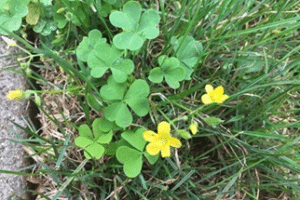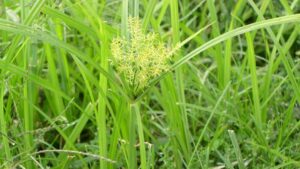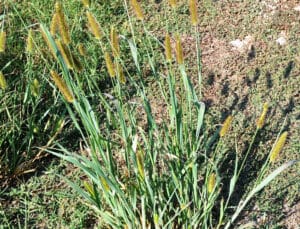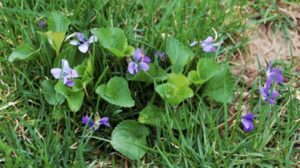Prairie Fire Sedge
Carex Testacea
Description
Hoping to add a pop of color to your garden or pond? The Prairie Fire Sedge is a wonderful addition for any yard, especially if you’re hoping for something low-maintenance but still so unique! A New Zealand native, this plant thrives in full sun or partial shade with moist, well-drained soil.
The colors of the Prairie Fire Sedge will make any garden bed, backyard water feature or border truly stand out. The upright, slender, green-bronze foliage of this plant is tipped with orange highlights, which intensifies in the sun. Place it with hot-colored perennials or yellow-green shrubs for dramatic flair. Plus, the coloring persists through most of the winter in warmer climates.
The Prairie Fire Sedge is deer resistant, salt and drought tolerant, and generally disease-free, making it a plant with minimal effort and maximum impact.
Its compact size and cascading mound of arching foliage makes this a perfect addition to most homes. And whether you place this with other plants, mulch, or gravel, this ornamental plant will create a stunning display amongst your garden. You can even add it to a container, where it’s sure to add more texture and character.
Planting
Plant in an area where it can receive full-sun or only partial shade. It can be planted in containers or amongst other foliage, just ensure the soil is well-drained.
Watering
Water regularly to maintain evenly moist soil – weekly, or more often, but still on the dry side. Do not overwater in the winter.
Fertilizing
Use a slow-release, medium-rate fertilizer.
Pruning
If cutting back this plant, do so early in the growing season to allow time for new growth to mature.
| Growing Information | |
| Mature Height: | 1-2 ft |
| Mature Width: | 1-2 ft |
| Sunlight: | Full to Partial Sun |
| Bloom Time: | |
| Growth Rate: | Moderate |
| Grows Well in Zones: | 6-9 |
| Your Growing Zone: | 6 |





